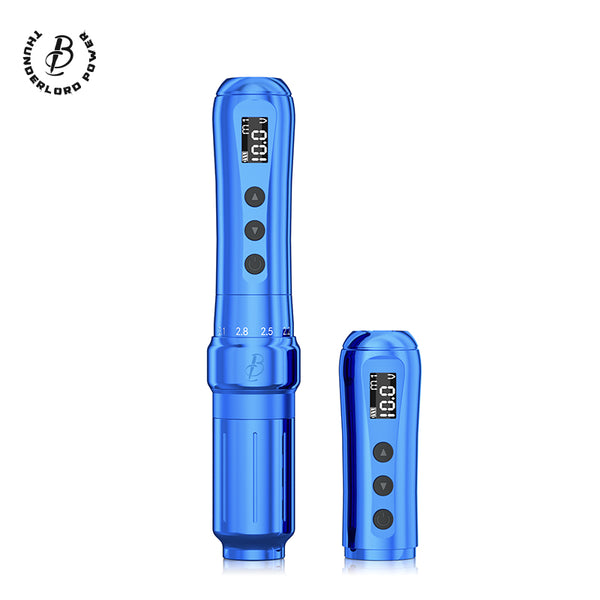Micropigmentation ink is a revolutionary solution in the beauty industry, particularly for those seeking long-lasting cosmetic enhancements. But what exactly is micropigmentation ink, and why does it have such remarkable staying power? In this article, we will delve into the science behind this innovative ink, exploring its composition, application techniques, and the factors that contribute to its longevity.

Understanding Micropigmentation Ink
Micropigmentation ink is specifically formulated for cosmetic tattooing, often used in procedures like eyebrow enhancement, eyeliner application, and lip tinting. Unlike traditional tattoo ink, micropigmentation ink is designed to be less invasive, allowing for a more natural look while still providing durability. The ink is composed of various pigments, carriers, and stabilizers that work together to ensure optimal results.
Key Components of Micropigmentation Ink
- Color Pigments: These are the primary ingredients that provide the desired hue. They are often derived from natural sources to minimize allergic reactions.
- Carriers: These substances help to deliver the pigments into the skin. Common carriers include water, glycerin, and alcohol.
- Stabilizers: These components ensure that the ink maintains its consistency and does not separate over time.
Application Techniques for Longevity
The application of micropigmentation ink is a critical factor in its longevity. Skilled technicians use specialized tools to implant the ink into the dermal layer of the skin. This technique not only enhances the appearance but also ensures that the ink remains in place for an extended period. But how does the application process affect the ink's durability?
When applied correctly, micropigmentation ink can last anywhere from one to three years, depending on various factors such as skin type, lifestyle, and aftercare. For instance, individuals with oily skin may experience faster fading, while those who follow proper aftercare instructions can enjoy longer-lasting results.
Factors Influencing the Longevity of Micropigmentation Ink
- Skin Type: Oily skin tends to absorb ink differently than dry skin, affecting how long the color lasts.
- Sun Exposure: UV rays can cause fading, so protecting the treated area from the sun is crucial.
- Aftercare: Following the technician's aftercare recommendations can significantly impact the longevity of the ink.
Benefits of Using Micropigmentation Ink
Choosing micropigmentation ink offers numerous benefits beyond its aesthetic appeal. It provides a solution for individuals with sparse eyebrows, uneven lip color, or those looking to save time on daily makeup application. Additionally, the ink is designed to fade gradually, allowing for touch-ups that can refresh the look without the need for complete reapplication.
For those interested in exploring high-quality micropigmentation ink options, consider visiting . This resource offers a variety of products tailored for cosmetic tattooing, ensuring you have access to the best materials for your beauty needs.
Conclusion
In summary, micropigmentation ink is a sophisticated blend of pigments and carriers designed for long-lasting cosmetic enhancements. Understanding its composition, application techniques, and the factors influencing its longevity can help individuals make informed decisions about their beauty choices. Whether you are considering micropigmentation for the first time or looking to maintain your existing enhancements, knowledge is key to achieving the best results.







